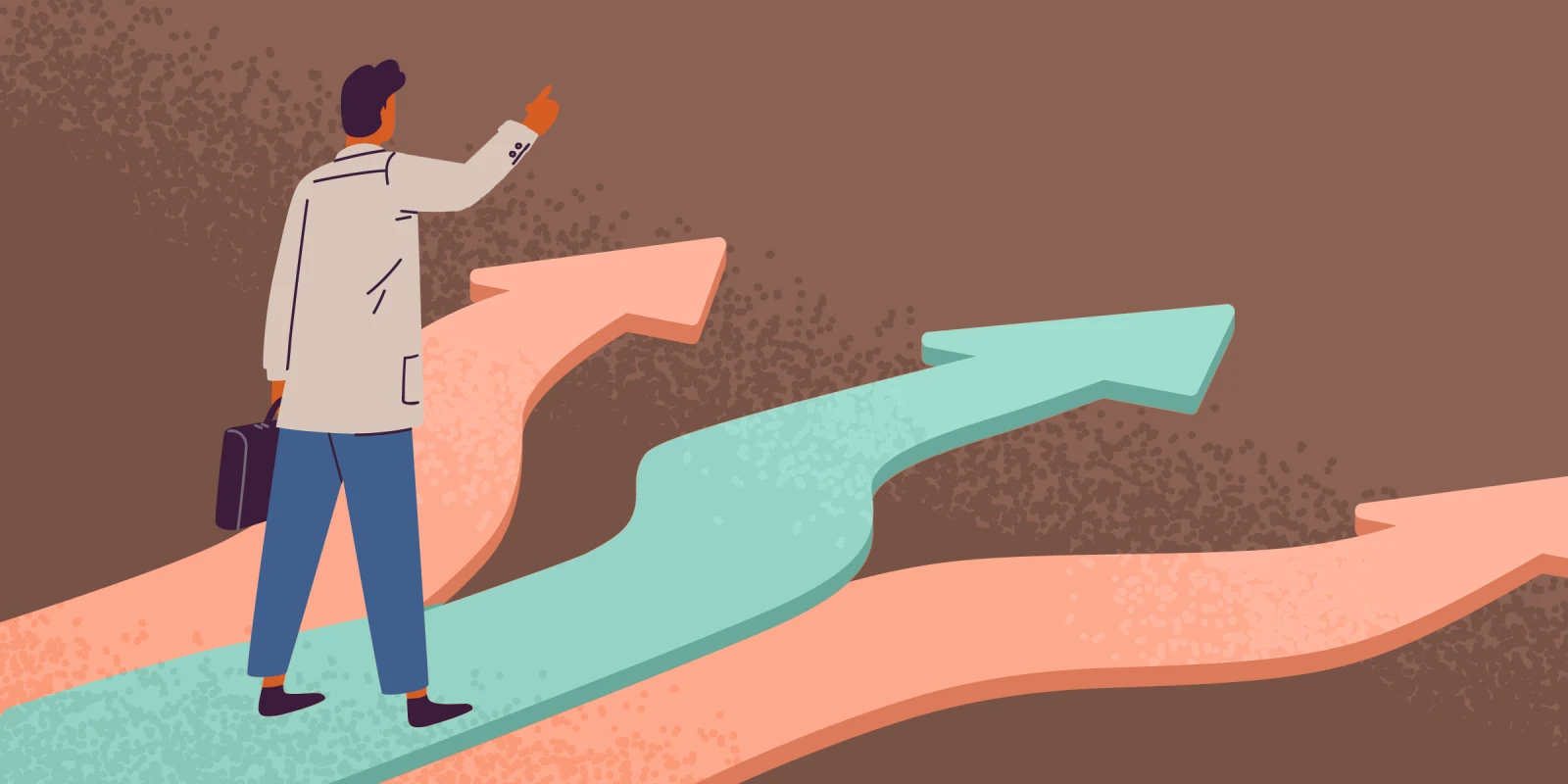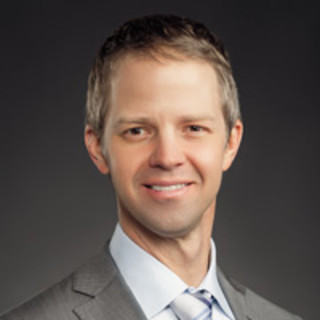I recently took a trip that turned my world upside down. Well, that is overstating it. I did not have an epiphany or a life-changing revelation, but I did find myself in a full inversion. I had traveled for work to a sports medicine conference where I was speaking and sitting on a panel about a topic with which I was very comfortable and familiar. An hour later, I was in a cadaver arthroplasty lab learning how the new technologies of computer-assisted and robotic knee replacement had evolved.
Getting to the place where I could lecture about a topic with a modicum of authenticity had taken a decade, but ironically, so had getting me back to the place where I could learn something new. It was a disorienting juxtaposition of a journey: learner to teacher to learner, new to old to new again, uncomfortable and awkward to facile to awkward again.
What follows is one, but certainly not the only, road map for adopting a new procedure or new technique midcareer. It takes a bit of resolve, some planning, and a lot of perseverance to thoughtfully adopt something new in a way that is safe for patient care with a goal to improve outcomes, but the trip is worth the undertaking.
Go Back to the Start
In residency and fellowship training, everything was new and learning was natural. You just followed the lead of the faculty and took whatever they said as gospel, filling in the gaps later.
Now with a decade of my own experience, I kept finding that it was harder to learn when not starting with a blank slate. You have to go back to the start, to go forward from where you are. Accepting this was uncomfortable and humbling but necessary.
Choose a Destination
The best reason to take up something new is because it’s what your patients need. I chose to return to arthroplasty in earnest because a fair number of the injured athletes from my sports practice were aging with me. Their needs were shifting, but they still felt like I was their surgeon. I felt like the options were to evolve with them or stay behind. Ultimately, I wanted to give my patients state-of-the-art care and the best that I could offer.
Having a very clear destination in mind helps keep you on track. My goal was specific. I wanted to learn to use technology to improve the consistency of implant placement. I would explore computer navigation and robotic total knees, and then choose one as a way to update my practice.
Learn the Language
Any new field, or even niche corner of a field, has its own language and lingo. Like learning a foreign language, there are always a few critical phrases you need to know to function.
In medicine, this is the lingo we use so much we often forget that it is complete gibberish to the uninitiated. In my world, this would be something like, “Room 6 needs paperwork for ACLR with LEAT plus minus MM repair.” A common order for an ACL surgery, which my veteran athletic trainer understands precisely, but prompts the new surgery scheduler to ask, “What body part are you even talking about?” Knowing the lingo, at the very least, is the price of admission for learning more.
Get the Guide Book
After developing a general sense of what I was after, I did what anyone with even a casual interest in a topic would do. I went to YouTube. I also used some more sophisticated platforms like VuMedi. I skimmed review articles and watched reruns of lectures touting one philosophy or another. I went back to my notes from residency and reviewed what I had learned before. All of it was essentially new again. I was chagrined to find that I recalled almost none of it.
All of these resources are far from the experience of being there. But they are a nice start as they help you understand some of the culture and flavor of a new educational place. And ideally, these resources get you excited to find out more.
Seek a Guide
Most any trip is better with a guide. Guides are required for safety but also enhance the experience. They direct your attention to what is important and what can be ignored and prevent you from wasting too much time pursuing dead ends.
After doing some reading, I traveled to Seattle and met a friend who was already doing arthroplasty at a very high level. I spent a day in his OR observing and found that at this stage, I was actually better at learning than when I was a trainee. I knew where to look and what to pay attention to, the invaluable details lacking when you are a brand-new learner.
Specifically, I took notes on where he stood, how the trays and tables were positioned, where the lights were. Afterward, we went out and I peppered him with all my questions, especially the stupid ones I would never have asked out loud. A trusted guide won’t laugh at you too much.
Walk the Neighborhood
In orthopaedics, new techniques mean new equipment and implants. I spoke to several different companies that sold navigation/robotic options for knee replacement. I compared them not just for the product itself but for the level of support and resources they could provide.
Like visiting a new city, some neighborhoods will suit you better than others, and the best way to know where you belong is to browse a little. Once I settled in on a couple of companies, I arranged to see their instrument trays, I did dry labs on fake bones, and ultimately, I determined which one was best for me.
The most rewarding journeys are not those of the casual tourist. The most significant benefits of travel come from depth of experience rather than breadth. It is the same with learning. At some point, you have to drill down and commit to one way, chosen from a myriad of paths.
Know What Areas to Avoid
I asked friends and colleagues questions about how they handled the complications, how they managed the unexpected, and generally how they kept out of trouble. Traveling new terrain requires a higher level of vigilance, at least until you get comfortable and know the perils.
Strike Out on Your Own
This is where I ended up at the cadaver lab course. It was time to let go of the guide and walk through the steps myself. Of course, there were still faculty there and ultimately, I did this twice. The first time with an expert watching, then on my own with assistants in the lab who I told not to help me.
It bears mentioning here the tremendous gift of these donors. It’s humbling owing so much of our education to people whose names we will never know. Because of them, we are better able to serve the living.
Go Back and Look at Your Pictures; Reflect on Your Experience
I reviewed my notes and rehearsed the whole experience, playing key parts back in my mind.
This whole process took longer than most people think. Almost nine months from initial planning to performing the first cases. When those first few cases came, I did not feel nervous. At least not in the way I did when I first started practice. It felt less like a whole new country and more like a familiar getaway.
In summary, learning new things is a part of medicine and life. If we don’t evolve and grow, we risk withering on the vine. Careful and thoughtful application in practice is not unlike becoming a good traveler. You can either be carried along by the crowd, or you can choose your own path.
What procedure have you had to learn again? Share in the comments.
Brian Gilmer, MD is a knee surgeon in Mammoth Lakes, CA, and Reno NV. He neither fears technology nor does he think it will solve all of our problems. Brian likes new tools and learning from people who know how to use them. He is a 2022–2023 Doximity Op-Med Fellow.
Image by GoodStudio / Shutterstock







